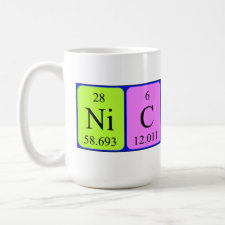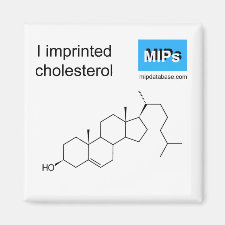
Authors: Spizzirri UG, Peppas NA
Article Title: Structural analysis and diffusional behavior of molecularly imprinted polymer networks for cholesterol recognition.
Publication date: 2005
Journal: Chemistry of Materials
Volume: 17
Issue: (26)
Page numbers: 6719-6727.
DOI: 10.1021/cm0478531
Alternative URL: http://www.che.utexas.edu/research/biomat/PDFReprints/ChemMater_17_6719-6727(2005).pdf
Abstract: Novel configurational biomimetic polymers for the recognition of cholesterol were prepared by molecular design of methacrylate-based structures containing poly(ethylene glycol) in moderately and highly cross-linked networks. Preparation in thermodynamically balanced solvents such as tetrahydrofuran and dimethyl sulfoxide led to recognitive systems with increased recognitive capacity after 30 min. Microporous and nanoporous networks were prepared. Their molecular structure was analyzed using a cross-linked network structure theory. It was determined that the recognitive capacity of these gels would be influenced by the diffusive resistance, as the molecular ratio of the template to the nanopore (mesh) size was in the range of 0.3-0.8. Use of porogens improved the porous structure, while at the same time significantly decreasing the time lag of recognition.
Template and target information: cholesterol



Join the Society for Molecular Imprinting

New items RSS feed
Sign-up for e-mail updates:
Choose between receiving an occasional newsletter or more frequent e-mail alerts.
Click here to go to the sign-up page.
Is your name elemental or peptidic? Enter your name and find out by clicking either of the buttons below!
Other products you may like:
 MIPdatabase
MIPdatabase









